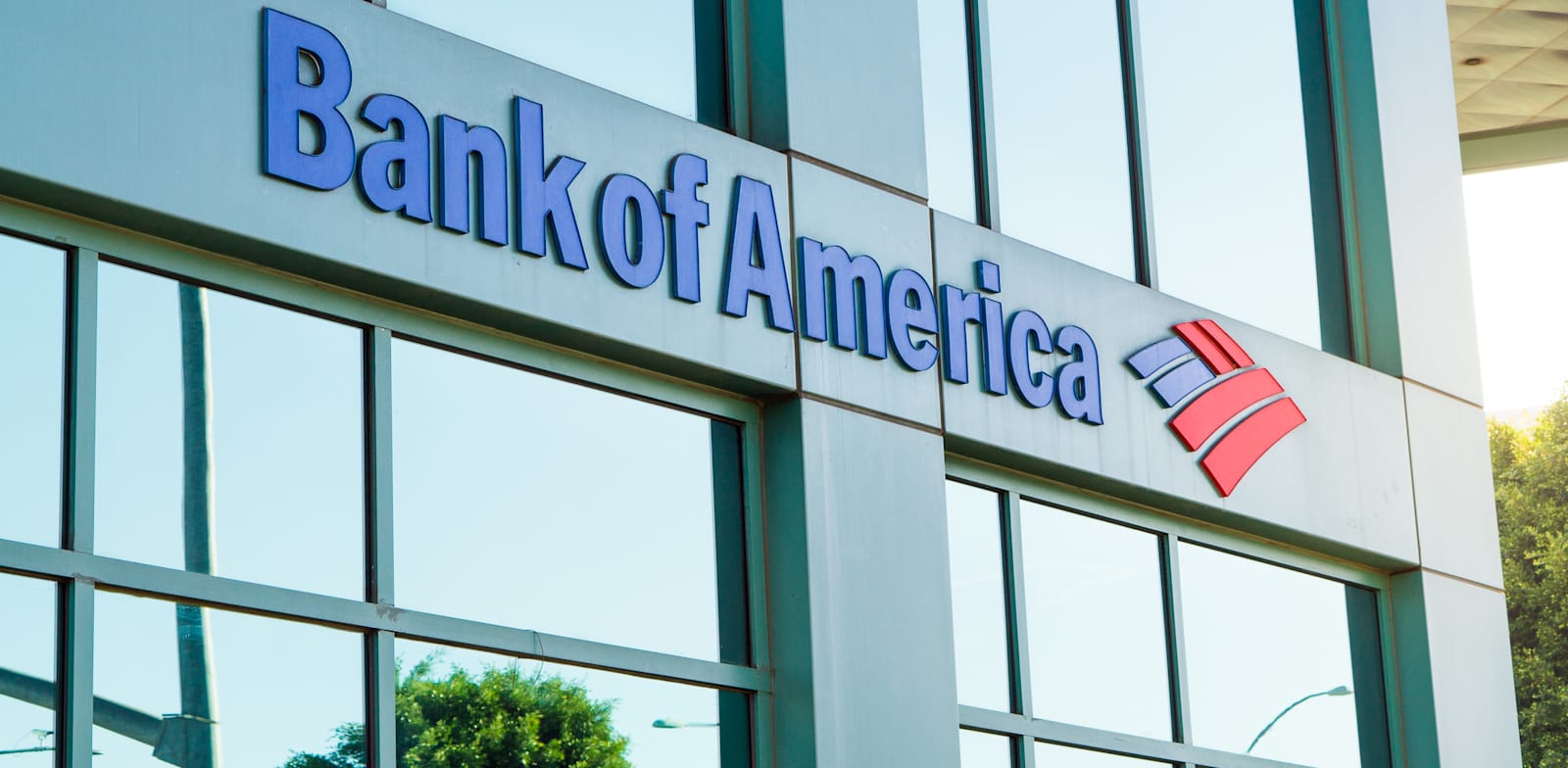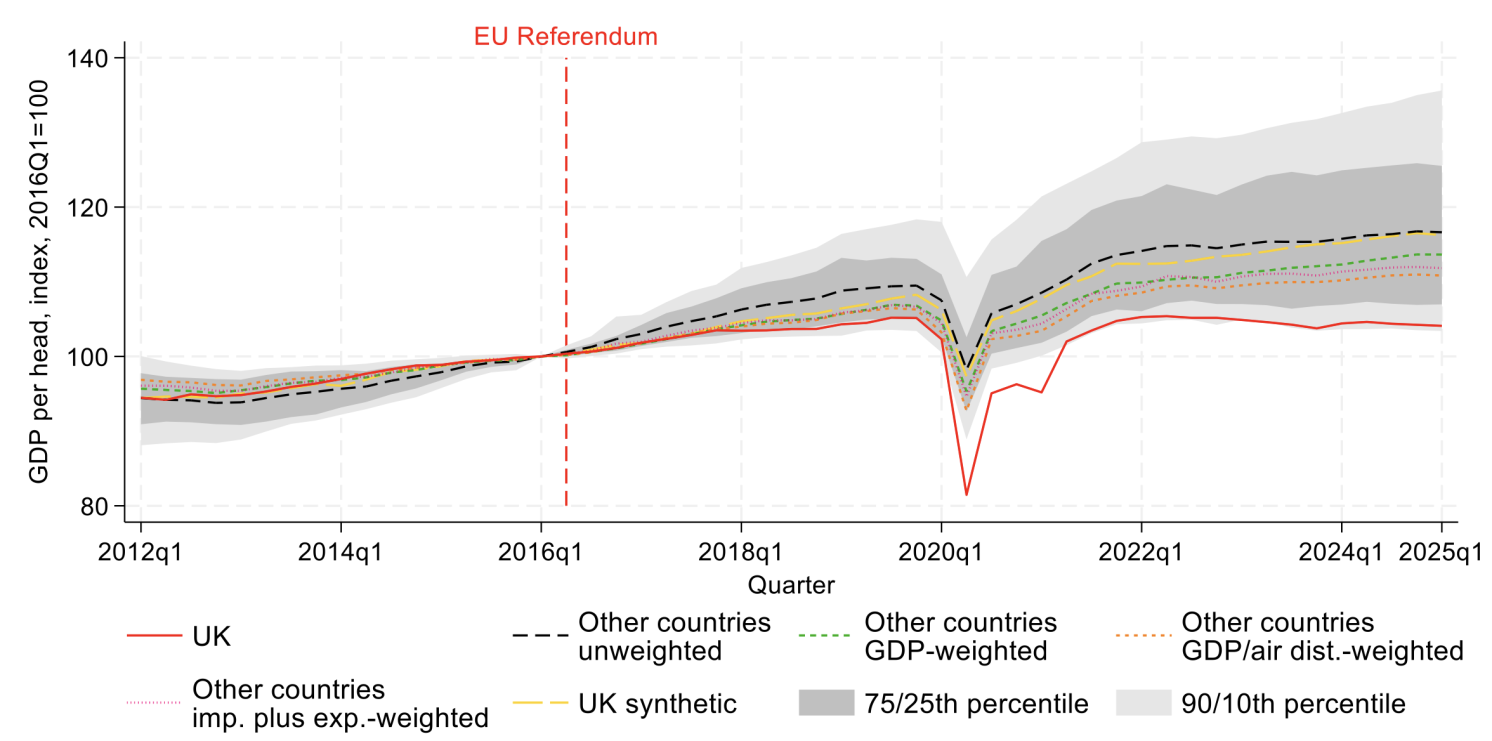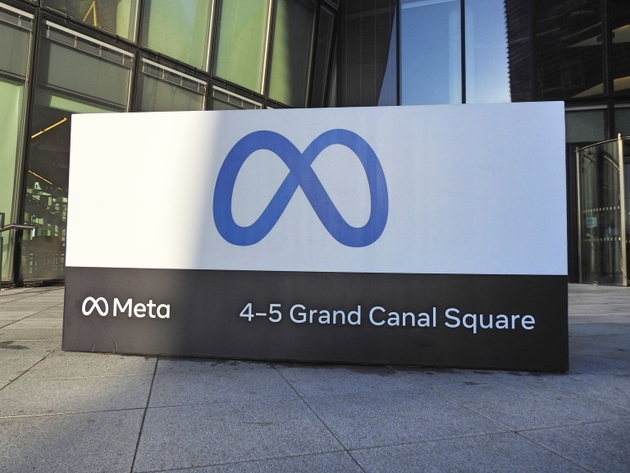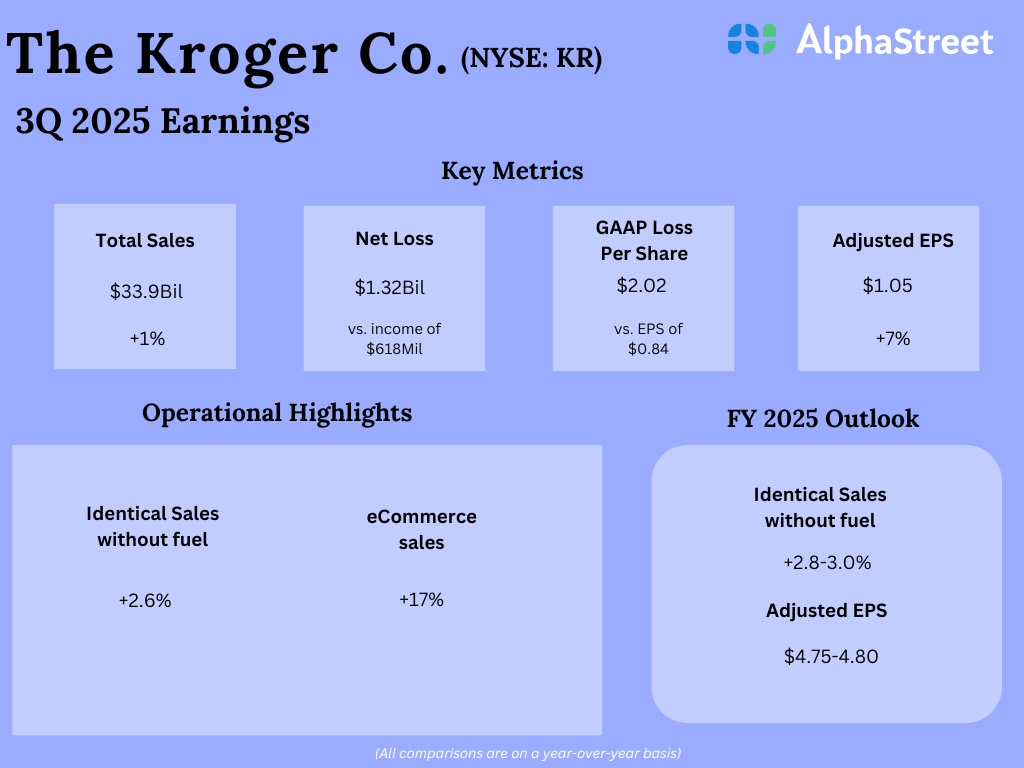Rewards optimizers use the term “trifecta” to describe a combination of three credit cards from one issuer that have complimentary benefits. When combined, the cards create a rewarding synergy that helps you earn more points and get more value out of your redemptions.
Chase and American Express offer popular trifecta combinations for people seeking travel rewards. While you can mix and match different cards to create an optimal trifecta based on your spending habits, there is a recommended combination for each issuer.
In a head-to-head showdown, the Chase trifecta comes out ahead for most people — you’ll pay significantly less in annual fees, get easier-to-use travel credits, rewards and travel partners, and have broader acceptance around the world. The Chase trifecta is also more accessible for people who don’t qualify for a small-business credit card.
At a glance
Here’s a look at the rewards-earning rates for each trifecta. (For details about specific benefits and statement credits offered by each card, check out the individual review pages linked above.)
|
Chase Sapphire Reserve®:
Chase Freedom Unlimited®:
|
The Platinum Card® from American Express:
American Express® Gold Card:
The Blue Business® Plus Credit Card from American Express:
|
|
Why the Chase trifecta is better for most people
Lower annual cost
The collective annual cost of the Chase trifecta is $550, with the Chase Sapphire Reserve® having the only annual fee.
Read Review
That’s 42% cheaper than the $945 annual cost of the AmEx trifecta, which includes annual fees of $695 on The Platinum Card® from American Express, $250 on the American Express® Gold Card and $0 on The Blue Business® Plus Credit Card from American Express.
Sure, the AmEx trifecta offers hundreds of dollars worth of coupon-book style credits for services like Uber and Walmart+ that can help offset the higher annual cost. But the catch is that many of these credits are limited in scope: the $240 annual entertainment credit, for example, is doled out in $20 monthly increments and applies to a handful of entertainment subscriptions only. You may have to go out of your way to optimize the potential value of the credits.
Easier-to-use travel credits
The Chase Sapphire Reserve® comes with a $300 annual travel credit that applies to all eligible travel purchases. It doesn’t get any easier — simply book travel like hotel, airfare or rental car with your card, and receive a statement credit.
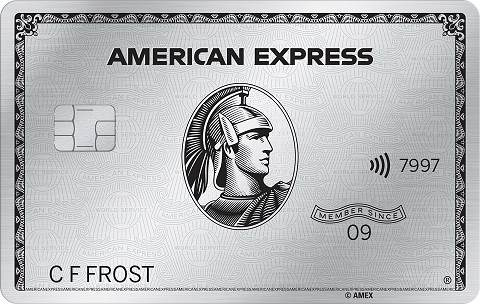
Read Review
By comparison, The Platinum Card® from American Express comes with an annual $200 airline fee credit (enrollment required), but it too has several caveats. You must select only one airline from a short list of options to apply the credit. It only applies to incidental charges like in-flight refreshments and checked baggage, and the charge must be made separately from the ticket purchase. The card also comes with an annual $200 hotel credit, but that only applies to specific luxury hotels that are prepaid through the American Express travel portal. Since prepaid hotels are often nonrefundable, you could incur a significant out-of-pocket expense if your plans change. Terms apply.
More valuable rewards
All three cards in the Chase trifecta earn Chase Ultimate Rewards®. These rewards can be combined into your Chase Sapphire Reserve® account, where they are redeemable through the Chase Ultimate Rewards® travel portal at a rate of 1.5 cents each. That makes 6,666 Ultimate Rewards® worth $100 in travel.
American Express Membership Rewards points are worth 1 cent each when booking airfare and 0.7 cent a piece when booking hotels through the AmEx travel portal. It would cost 10,000 points for $100 in airfare, or 14,286 points for a $100 hotel stay. That’s significantly less value than you can get for the same number of Ultimate Rewards®.
🤓Nerdy Tip
Though classified as cash back cards, the Chase Freedom Flex℠ and Chase Freedom Unlimited® earn Ultimate Rewards® points. But if you hold just those cards, the points are worth 1 cent each toward travel booked through Chase and are unable to be transferred to travel partners. Adding the Chase Sapphire Reserve® unlocks the ability to transfer to partners and increases the value of the points to 1.5 cents each.
More accessible travel partners
Both Chase and AmEx have a broad list of airline and hotel transfer partners — American Express has 21 travel partners compared with Chase’s 14. But more isn’t always better.
In this case, Chase wins for many travelers with quality over quantity. Ultimate Rewards® can be transferred to partners like United Airlines, Southwest Airlines and Hyatt at no cost.
While American Express boasts more partners, the majority of them are international airlines and not as familiar to many. Transferring points to these airlines can yield impressive value, but can also cause more headaches and confusion to navigate. The biggest domestic transfer partner for AmEx is Delta Airlines — however, you’ll pay an excise tax for transferring points to Delta (and a few others).
Full list of Chase transfer partners
Full list of AmEx transfer partners
No business cards required
Our recommended Chase trifecta consists of all personal credit cards. That makes it broadly accessible to anyone with a credit profile that qualifies for the three cards. However, you’ll have to be eligible for a small-business credit card to craft the ideal AmEx trifecta.
The Blue Business® Plus Credit Card from American Express and its ability to earn 2 points per dollar for all purchases on up to $50,000 annually is the glue that really holds the AmEx trifecta together, since the other cards only earn 1x on non-bonus spending. If you don’t qualify for a small-business card, the Chase trifecta is the easy choice. Terms apply.
Better international acceptance
All Chase credit cards carry the Visa or Mastercard logo, making them usable nearly anywhere credit cards are accepted throughout the globe. American Express has closed the acceptance gap domestically, but still lags behind Visa and Mastercard abroad. If you’re looking to use your card internationally, your surefire bet is the Chase trifecta.
Why you might want the AmEx trifecta
Big grocery and restaurant spend
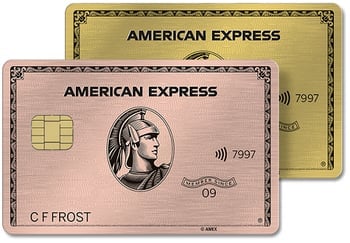
Read Review
The American Express® Gold Card offers a sky-high 4 points per dollar spent at U.S. supermarkets (on up to $25,000 in annual spend) and restaurants. The Chase trifecta earns an everyday 3 points per dollar at restaurants, and the potential to earn 5 points per dollar on up to $1,500 in quarterly spend if grocery stores are selected as a rotating bonus category on the Chase Freedom Flex. If you have an outsized budget for dining out or groceries, the math may have you leaning toward the AmEx trifecta. Terms apply.
Elite status and luxury perks
You might prefer the AmEx trifecta if you value elite status and exclusivity. By holding The Platinum Card® from American Express, you’ll get complimentary gold elite status with Hilton and Marriott (enrollment required), President’s Circle status with Hertz, Emerald Club Executive status with National, 24-hour access to a concierge for those hard-to-access reservations or tickets, and access to members-only VIP experiences at prestigious events like Wimbledon and the Kentucky Derby. Terms apply.
If you value these perks, the AmEx trifecta may be worth the added annual cost.
Airport lounge access
If you’re a frequent flyer and often find yourself in airports, lounge access can be a great way to escape the commotion of the terminal. In addition to a Priority Pass Select membership (which the Chase trifecta also has), the AmEx trifecta also lets you access AmEx Centurion and International Lounges, Delta Sky Clubs (only when flying Delta) and Plaza Premium, Escape and Airspace network lounges.
That’s a huge footprint that includes complimentary access to over 1,400 airport lounges. If you want lounge access, the AmEx trifecta may be better for you.
🤓Nerdy Tip
The Chase Sapphire Reserve® offers a dining credit (normally $28 each) for you and a guest at participating Priority Pass restaurants. The Priority Pass access granted by AmEx cards excludes these restaurants.
Which trifecta should you get?
Most people will do better with the Chase trifecta. The annual cost is significantly lower, the benefits and rewards are more transparent and easy to use, and your points are worth more when booking travel through the Chase travel portal. The AmEx trifecta could be a good choice for those who value a broader airport lounge footprint and luxury benefits, but realize you’ll be paying a lot more for those perks.
To view rates and fees of The Platinum Card® from American Express see this page. To view rates and fees of the American Express® Gold Card, see this page. To view rates and fees of The Blue Business® Plus Credit Card from American Express, see this page.









